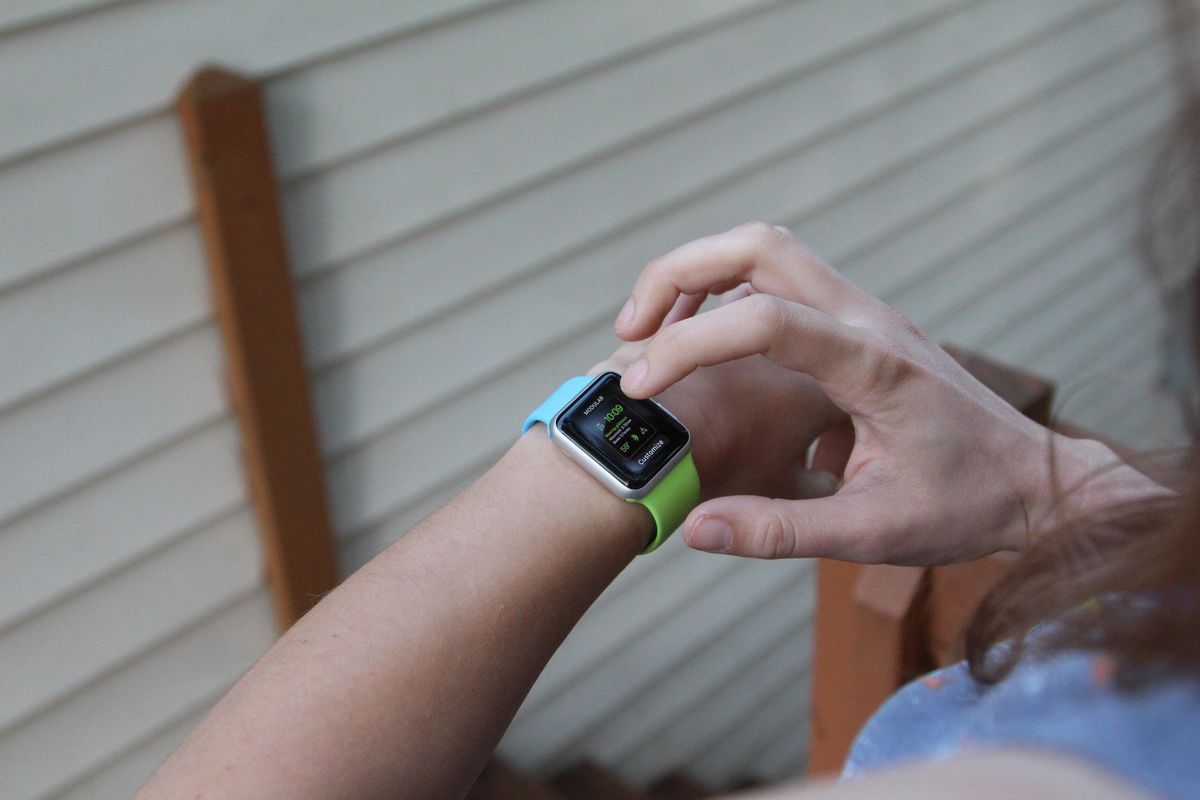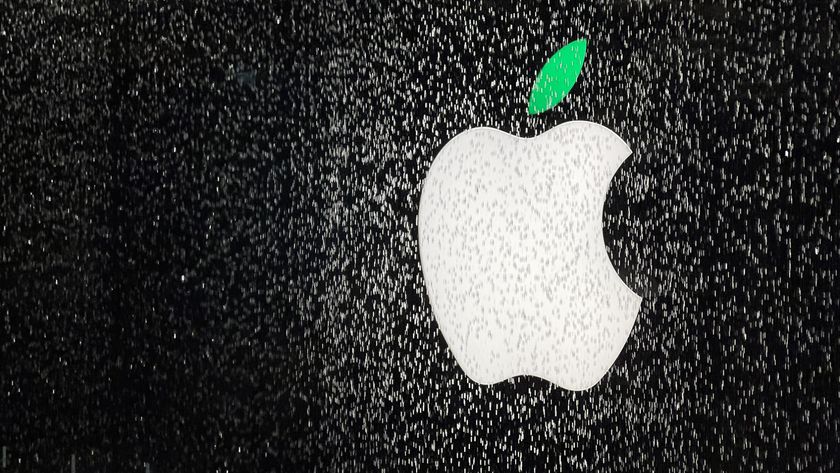Moving people to the wrist: The historic challenge of the watch

Up until the First World War, the wristwatch was seen largely as a trinket—a wristlet—worn occasionally by women of high society. Any gentleman who could afford a watch sported a pocket watch. Reflecting on the time, in a four-volume treatise, Rolex Jubilee Vade Mecum, published in 1946, Wilsdorf wrote:
At that period, the wristlet watch was not at all popular; in fact it was an object of derision, the idea of wearing a watch on one's wrist being contrary to the conception of masculinity.
He continued:
Then, too, watchmakers all over the world remained skeptical as to its possibilities and believed that this newfangled object was bound to prove a failure.
Sound familiar?
Wilsdorf, though, was convinced, that the wristwatch was the future:
I had very early realized the manifold possibilities of the wristlet watch and, feeling sure that they would materialize in time, I resolutely went on my way.
And he would be proven right.
Like Apple, Rolex was not the first company to attempt to move its technology from the pockets of the masses to a place of primacy on their wrists. Horological icons like Breguet and Patek Philippe introduced wrist-worn watches as early as 1810 but didn't find mass market appeal.
Like Apple, Rolex was also not the first to come to market with the key technologies that would drive the company's phenomenal success.
Master your iPhone in minutes
iMore offers spot-on advice and guidance from our team of experts, with decades of Apple device experience to lean on. Learn more with iMore!
Wilsdorf identified two primary problem areas that a wristwatch would need to address in order for it to gain widespread and sustained adoption: water resistance and energy accumulation.
A timepiece worn on the wrist would be exposed to the elements in a way that a watch worn in the pocket would not. Frequent exposure to dust, humidity, and water would compromise the delicate inner workings of a watch.
Winding a wrist-worn watch everyday would prove to be more tedious than winding a pocket watch, due to its necessarily smaller size and the added steps involved in removing the watch to wind it. Protecting the inner workings from moisture was also likely to require the winding crown of the watch to be able to be locked down in some manner, adding another layer of tedium to winding the watch each day. Such friction points would inevitably curb the adoption of the new form factor.
Over the course of several years, Wilsdorf, and his team of designers and engineers at Rolex, solved both of these problems to great acclaim. The Oyster case, with its screw down crown, introduced in 1926, rendered Rolex watches impervious to water and was heralded into the mainstream consciousness when Mercedes Gleitze swam the English Channel accompanied by a Rolex Oyster the following year.
Next came the perpetual winding system, in 1931. A system that enabled a Rolex to efficiently harvest energy from the natural motion of the wearer's arm, rather than require its bearer to remember to manually wind their watch each day. Thus was born the Rolex Oyster Perpetual. A watch that could withstand the elements, imposed no onus on its wearer, and could steadfastly be depended on to reliably carry out the job it was employed to do.
Oyster Perpetual. Two disparate, but together distinctive, words that would grace the face of nearly every Rolex over the ensuing 100 years. Oyster to denote the water-tight case of a Rolex timepiece; strong and durable like the shell of an oyster. Perpetual to denote the watch's continual operation, for as long as it was worn. Two words, whose zeitgeist has returned to haunt the present-future of wrist-worn computers.
Apple Watch today faces the same primary challenges that Wilsdorf overcame with Rolex.
Apple Watch today faces the same primary challenges that Wilsdorf overcame with Rolex. Its water resistance and battery life have been two of the wearable's most speculated about, criticized, and praised attributes. Apple tactfully set expectations low from the outset and the Watch has, for the most part, surpassed the bar that the company set for it.
The Watch's microphone and speaker are challenging components to waterproof without sacrificing quality, but it is possible, as Apple has already proven. The challenge now is to increase their reliability under sustained exposure to water at greater depths. The infrared light and photodiodes that are used to track the rotation of Apple Watch's crown are simple technologies to waterproof. The water-resistance of the contact switches for the buttons could be improved further by shielding them with water-impermeable membranes made of silicone or a similar, chemically stable, pliable material.
Superhydrophobic surface treatments, like Liquipel and NeverWet, are already being used, unofficially, to make the internal electronic components of devices, like iPhones, water-resistant. Likewise, laser-based surface treatments could potentially be used to create hydrophobic traces between components in the watch that aren't already sealed within Apple Watch's S1 chip.
To overcome the inability of the device's capacitive touchscreen to function under water would require the introduction of an altogether different gesture sensing technology, like Google ATAP's Project Soli or an ultrasonic MEMS sensor array.
Providing an autonomous, perpetually renewable means of powering Apple Watch is a next-level problem. The battery doesn't yet last a full 24 hours of rigorous use. While the inductive charging cable has a leg up on competing wearable computers, having to attach a magnetic dongle to the watch everyday is curiously akin to the cumbersome, external winding keys employed to wind pocket watches up until the mid-1800s. Just as the technology that Rolex took hold of and refined to autonomously power its timepieces existed in a not-yet-sufficient form before the company perfected it, the fundamental technology to power Apple Watch may already be out there.
The stolid, black rectangles adorning our wrists are destined to become a relic of our modern era.
Graphene super capacitors coupled with micro solar cells. Thermal, kinetic, or RF-based energy harvesting. Lower power components. Time will tell.
It took Wilsdorf nearly 30 years from the time he first alighted on the idea of a dependable wristwatch, to the time that Rolex unveiled the Oyster Perpetual. While it is doubtful the breakthrough will come overnight, it will happen. The stolid, black rectangles adorning our wrists are destined to become a relic of our modern era.
Jon services and restores mechanical timepieces. He has worked on Kello, a mechanical watch analyzer for iOS, and Twixt Time, a watch and clock accuracy analysis tool for iOS.












